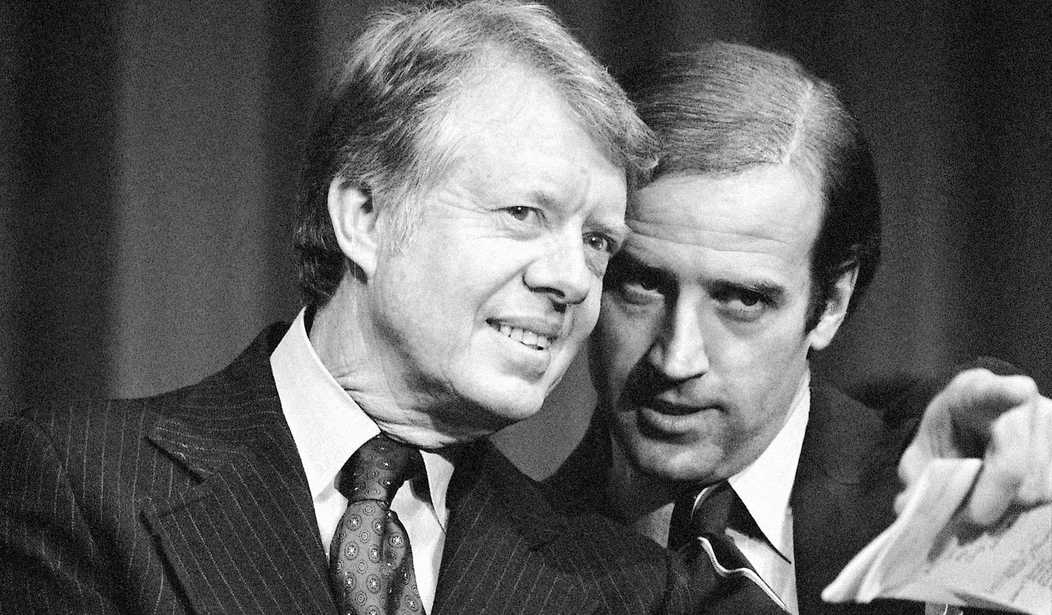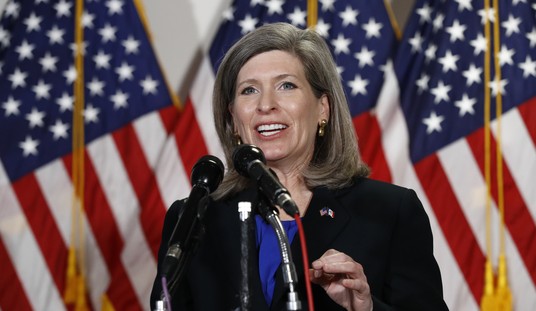Remember when Joe Biden claimed that inflation had hit a peak? Good times, good times. The consumer price index instead rose to an annual rate of 7.5%, the highest in exactly 40 years, driven by large spikes in food and energy prices:
The Consumer Price Index for All Urban Consumers (CPI-U) increased 0.6 percent in January on a seasonally adjusted basis, the U.S. Bureau of Labor Statistics reported today. Over the last 12 months, the all items index increased 7.5 percent before seasonal adjustment.
Increases in the indexes for food, electricity, and shelter were the largest contributors to the seasonally adjusted all items increase. The food index rose
0.9 percent in January following a 0.5-percent increase in December. The energy index also increased 0.9 percent over the month, with an increase in the
electricity index being partially offset by declines in the gasoline index and the natural gas index.The index for all items less food and energy rose 0.6 percent in January, the same increase as in December. This was the seventh time in the last 10 months
it has increased at least 0.5 percent. Along with the index for shelter, the indexes for household furnishings and operations, used cars and trucks, medical
care, and apparel were among many indexes that increased over the month.The all items index rose 7.5 percent for the 12 months ending January, the largest 12-month increase since the period ending February 1982. The all items
less food and energy index rose 6.0 percent, the largest 12-month change since the period ending August 1982. The energy index rose 27.0 percent over the last year, and the food index increased 7.0 percent.
The Biden administration beat expectations, CNBC notes, in the worst way possible:
The monthly CPI rates also came in hotter than expected, with headline and core CPI both rising 0.6%, compared to the estimates for a 0.4% increase on both measures.
Stock market futures declined following the report, with rate-sensitive tech stocks hit especially hard. Government bond yields rose sharply, with the benchmark 10-year Treasury note touching 2%, its highest since August 2019.
Markets also got more aggressive in pricing rate hikes ahead.
The chances of a 0.5 percentage point Fed rate hike in March rose to 44.3% following the data release, compared to 25% just before, according to CME data. Chances of a sixth quarter-percentage-point hike increased to about 63%, compared to about 53% before the release.
Just yesterday, a Fed board member claimed that a 0.5% hike in the base rate was unlikely. Well, it looks at least slightly more likely now, and perhaps a whole lot more necessary. Even the 6% “core” reading is a disaster, but politically speaking, it’s almost irrelevant. Voters experience inflation mainly through food and energy prices, which means the political pressure from this report will skyrocket.
We’ll have more on this later, but let’s just say that we’re now looking at more intrusive interventions by the Fed, and with it a move toward recession as a cure. It’s a replay of the 70s and early 80s, and that means austerity is back on the table in Congress too. Or at the very least, massive spending isn’t.
Update: This didn’t take long:
New Manchin statement on inflation figures: "As inflation and our $30 trillion in national debt continue a historic climb, only in Washington, DC do people seem to think that spending trillions more of taxpayers’ money will cure our problems, let alone inflation." pic.twitter.com/WFZ8cVJ08e
— Grace Panetta (@grace_panetta) February 10, 2022
So much for feelin’ the Bern.








Join the conversation as a VIP Member